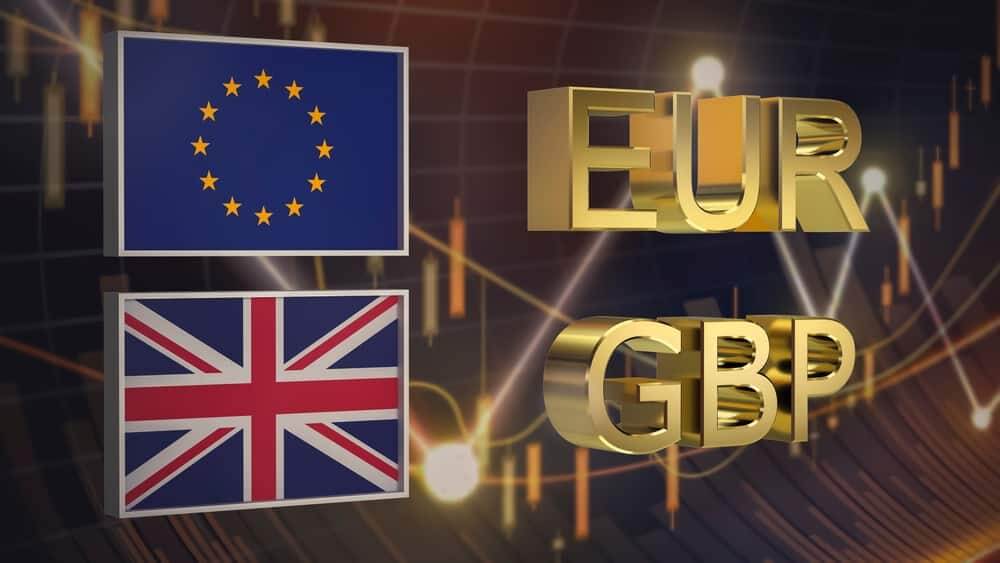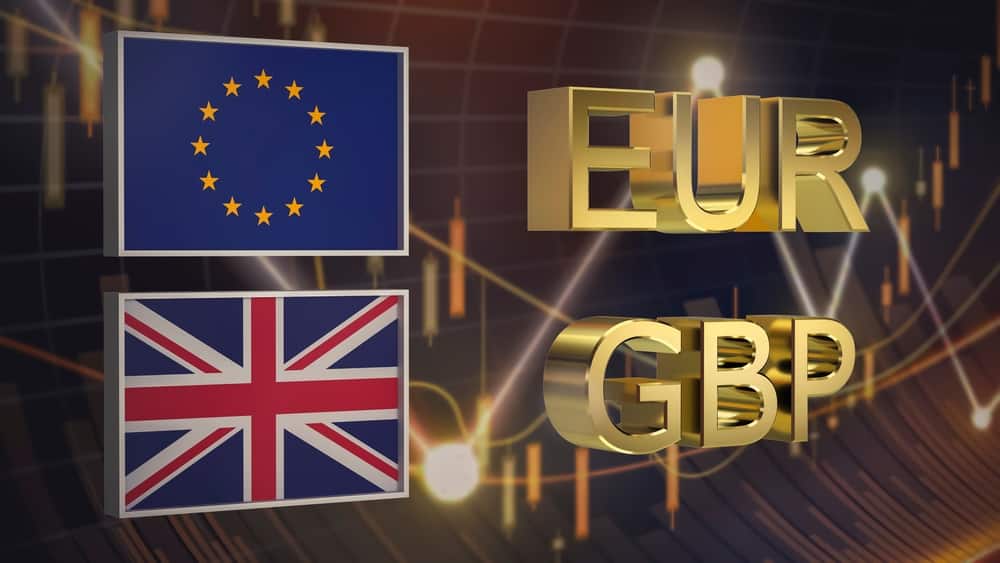
10 May chart overview for EURUSD and GBPUSD
- During the Asian session, the euro tried to consolidate somewhat against the dollar but did poorly.
- During the day yesterday, the pound fell to the 1.22590 level, forming a new minimum this month.
- In April, retail sales in the UK fell as consumers reduced their spending due to rising living costs.
EURUSD chart analysis
During the Asian session, the euro tried to consolidate somewhat against the dollar but did poorly. The ten-year yield on US Treasury bonds jumped sharply by 3%, news from last week that pushed the dollar. The political harmonization of the representatives of the EU member states continues after the European Commission presented an updated proposal on the introduction of the embargo on the import of oil from Russia by the end of this year at the end of last week. Hungary and the EU have said that progress has been made, but more time is needed for talks to continue today. Sentiment in the financial market is terrible, and that also affects the American currency. The euro is exchanged for 1.05625 dollars, representing the strengthening of the common European currency by 0.06% since the beginning of trading tonight. An indicator of Germany’s economic activity dynamics for May will be published later (ZEW). The current range of EURUSD is 1.05550 -1.05880. We can say that the pair is still uncertain about the future trend. The pressure on the euro is still in force; high inflation and rising energy prices will continue to pressure the euro in the coming period. For the bullish option, we need to jump above 1.06000 levels to try to compromise the previous high to 1.06400. For the bearish option, we need a retreat to yesterday’s minimum zone in the zone around 1.05000. A break below would probably lower the EURUSD pair to new lows this year.
Chart:
GBPUSD chart analysis
During the day yesterday, the pound fell to the 1.22590 level, forming a new minimum this month. After that, we have a bullish impulse that managed to tear off the pound a bit, raising it to the 1.24000 level. Since then, the pound has been consolidated in the range of 1.32100-1.23750. During the Asian session, the pair stabilized for a while in the upper zone of this consolidation, which is confirmed by the strength of the volume at that level. We need a break above 1.24000 levels and an MA200 moving average for a further bullish scenario. Only in this way will we have better support on the chart and more concrete signs for the continuation of the recovery. Our above targets are 1.45500, 1.25000, 1.25750 and 1.26360 previous high from May 5th. We need to continue the negative consolidation and break below 1.3100 levels for the bearish option. After that, we look at yesterday’s support zone at the 1.22960 level. Our lower maintenance targets are 1.22500, 1.22000 and 1.21500 levels.
Chart:
Market overview
U.K. BRC Retail Sales
In April, retail sales in the UK fell as consumers reduced their spending due to rising living costs. Data was released on Tuesday by a British retail consortium and consulting firm KPMG.
Total sales fell 0.3 % in April from a year earlier, the first drop since January 2021. At the same time, sales of similar products fell 1.7 % year on year.
Rising living costs have slowed consumer confidence and hampered consumer spending, said Helen Dickinson, executive director of BRC. Sales growth has been slowing since the beginning of the year, although the actual volume of this decline is masked by rising inflation.




